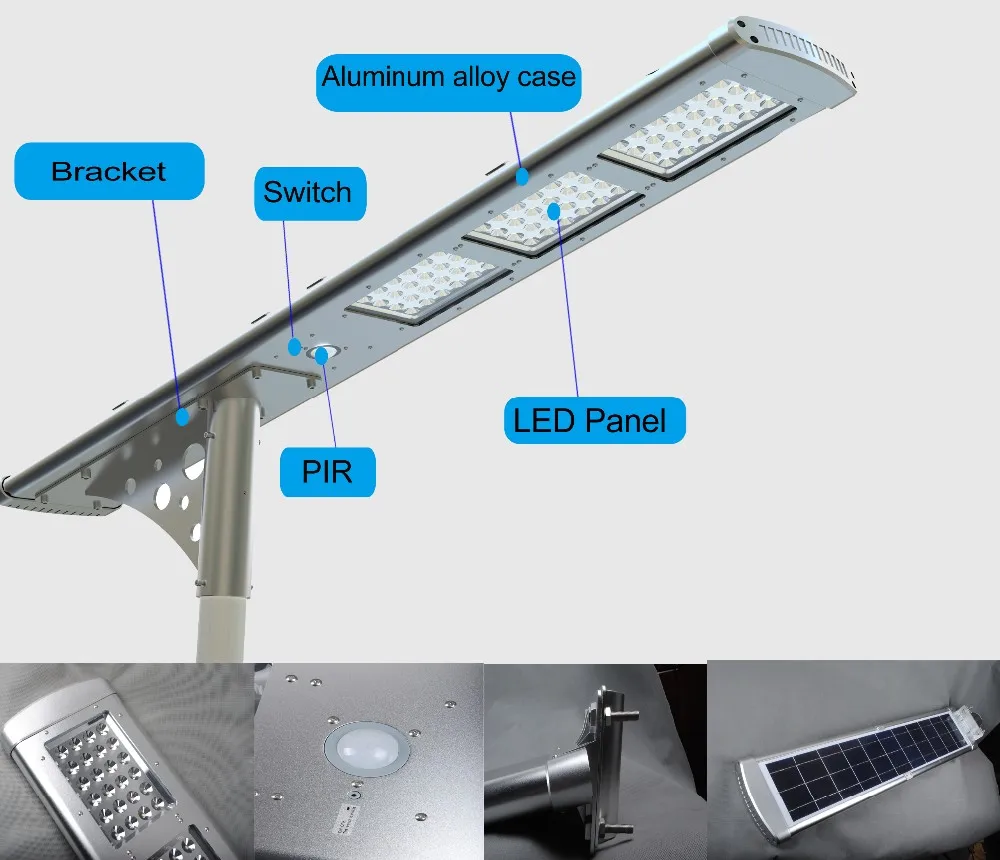

This reduces the voltage and has the added benefit of increasing the input impedance, which means that the measurement device won’t load down the circuit it is trying to measure and distort the reading. To accomplish this we can use a voltage divider, a very simple circuit constructed using two resistors. Obviously, this is a bit impractical, as you’ll probably want to measure input voltages exceeding that. The maximum input voltage that you can feed into an Arduino Uno ADC is 5-volts, with microcontrollers using 3.3-volt logic it is even less. With the ESP32 and Seeeduino XIAO, we have a selection of 12-bit ADCs, allowing them to resolve the input voltage down to 4096 steps. Other microcontrollers also have built-in ADCs, some of them with a greater resolution than the Arduino Uno. The Uno has six 10-bit ADCs, meaning that they can resolve the input down to 1024 discrete steps (2 to the power of 10 equals 1024).

Many microcontrollers, like the Arduino Uno, have built-in ADCs. Linearity – The converter needs to have a linear output, that is to say, it needs to have its output readings increase by the same amount for each increment. This also determines the maximum voltage the ADC can accept at its input. Voltage Reference – The converter is only as precise as the reference voltage applied to it. The more boots, the more granular the output can be. Number of Bits – This determines how many “steps” the converter can divide the input into. The accuracy of this conversion is determined by a few different factors: It’s a component that accepts an analog input and produces a digital output, the output being a digital representation of the level of the input. Analog to Digital ConvertersĪn Analog to Digital Converter is pretty well exactly what it sounds like. Many modern microcontrollers, including the Arduino Uno, have a built-in ADC, making DC voltage measurement the simplest of our four tasks. Measuring DC Voltage with a microcontroller (or any digital data device) requires the use of an Analog to Digital Converter (ADC). The techniques here apply to any microcontroller, in fact devices like the ESP-32 or Seeeduino XIAO can actually perform better DC voltage measurements as they have analog to digital converters with a higher resolution.
USING ARDUINO AS TIMER FOR 12V HOW TO
In this article, I will show you how to measure DC voltage and current using an Arduino.
USING ARDUINO AS TIMER FOR 12V GENERATOR
You might be monitoring the output of a generator or solar array, you could be measuring the current consumption of your project or you might want to observe the charging and discharging of a battery. There are many reasons why you might want to use a microcontroller to measure DC voltage and current.

In part two we will do the same thing with AC, but today our focus is on Direct Current. In the first part of our look at measuring voltage and current with microcontrollers, we will see how to measure DC voltage and current using an Arduino.



 0 kommentar(er)
0 kommentar(er)
